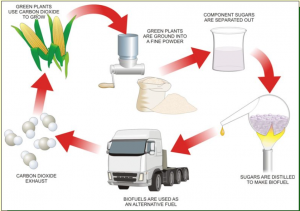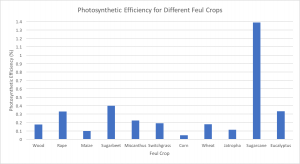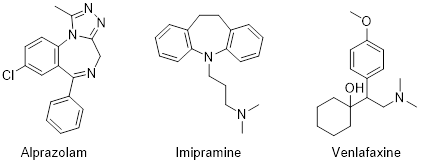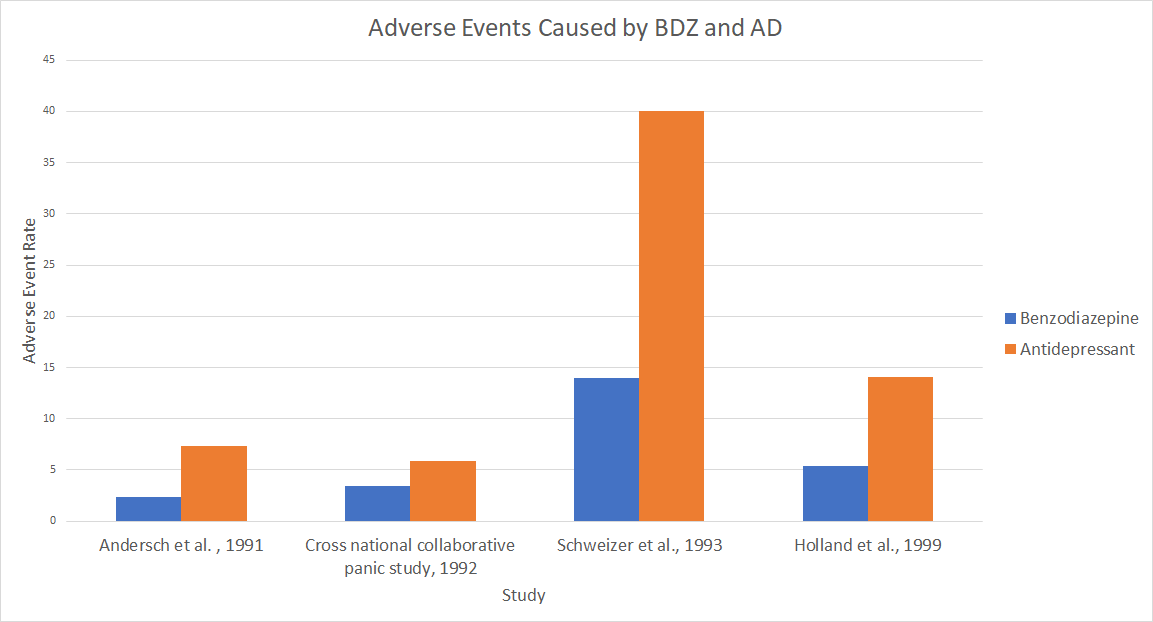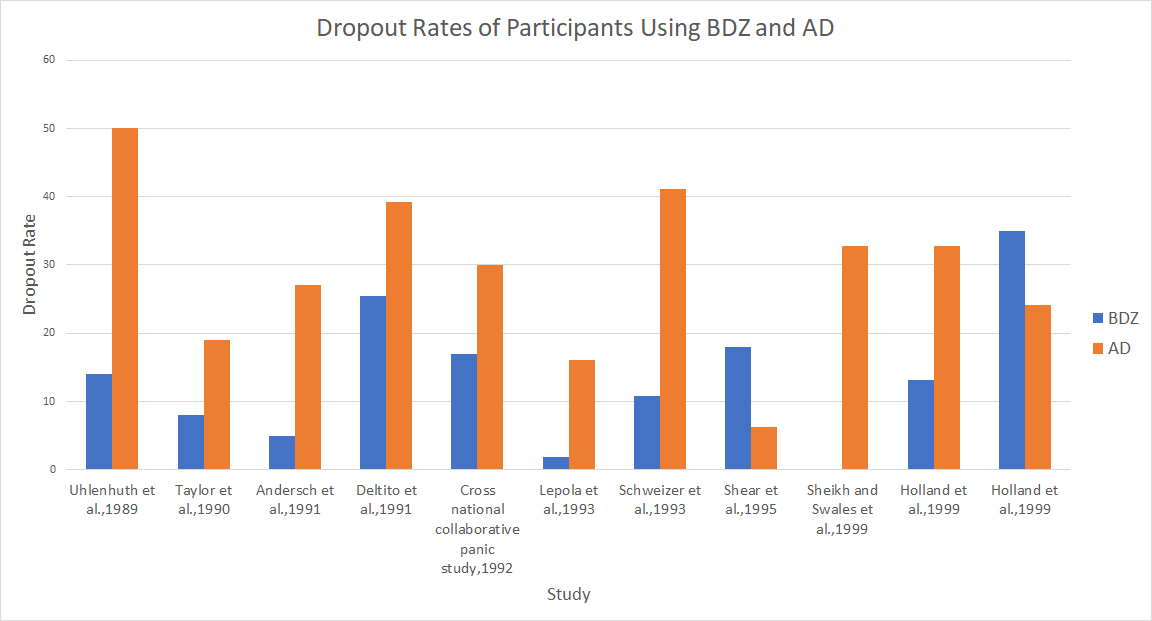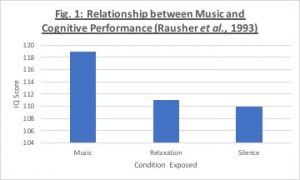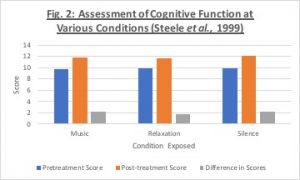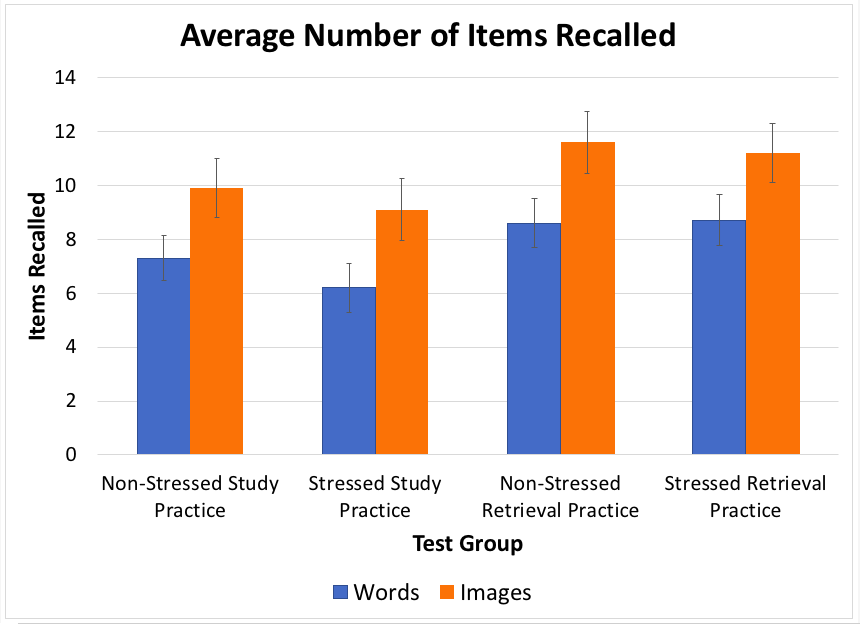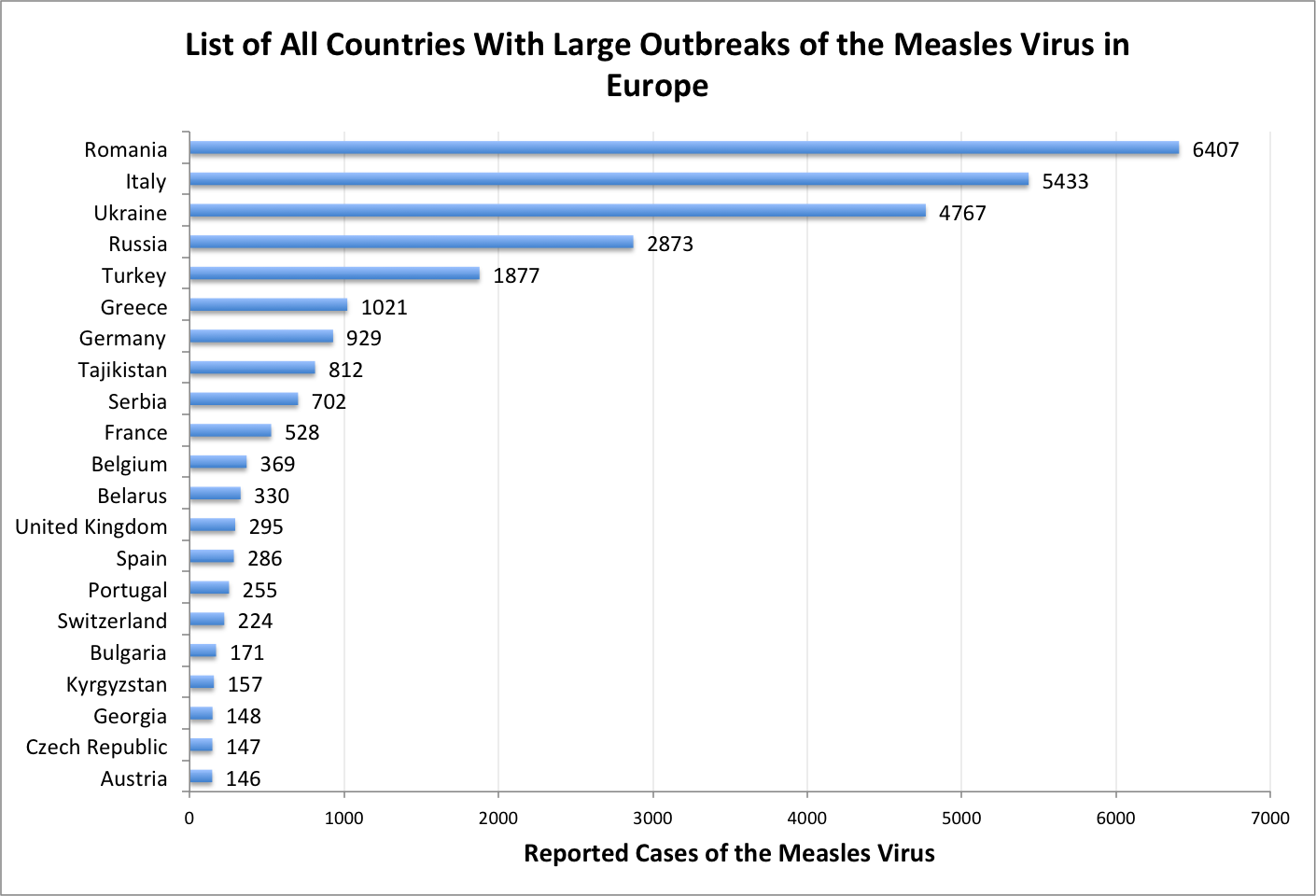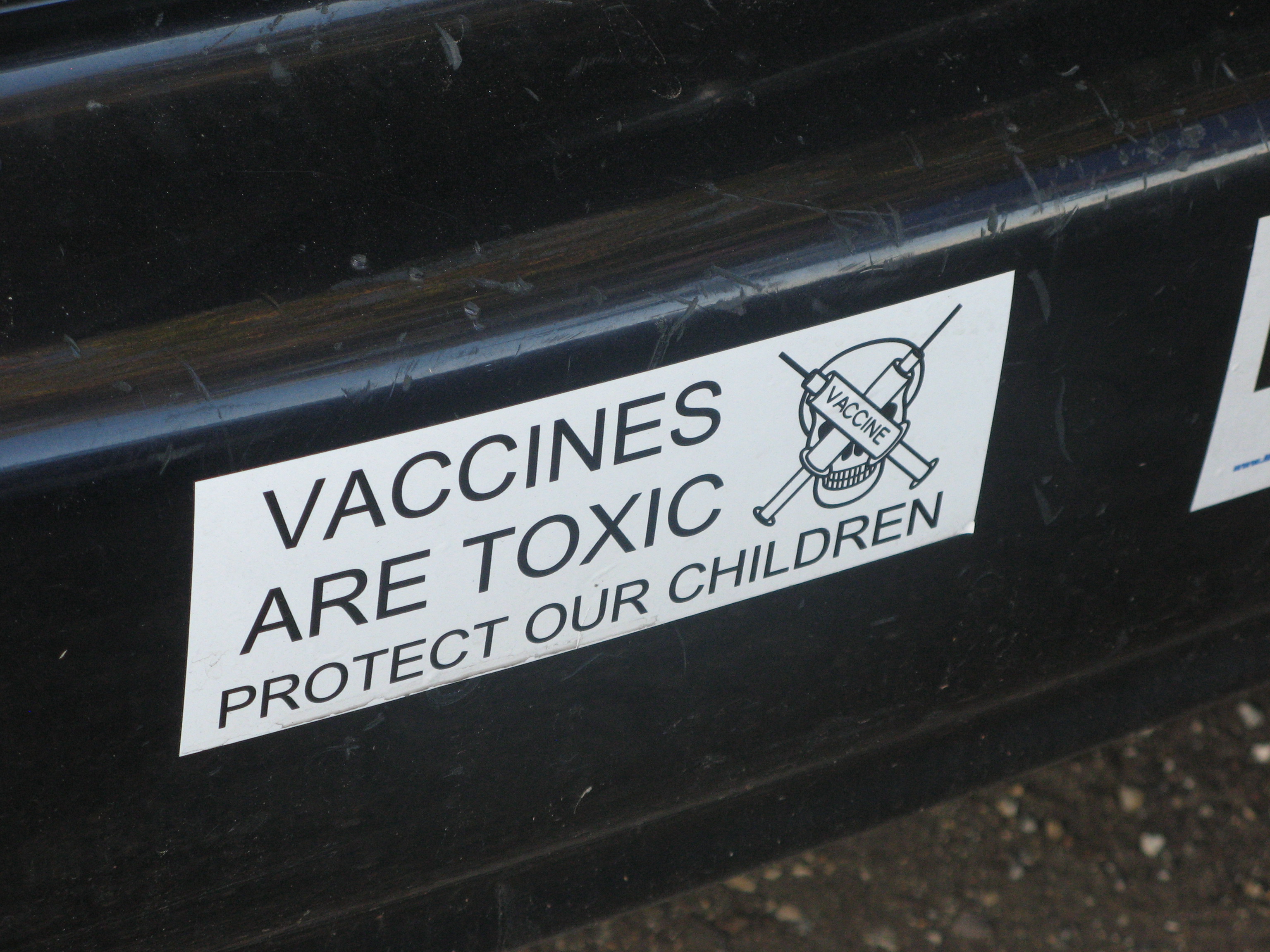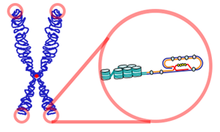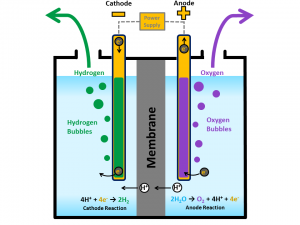Over the years, development of medicine has allowed great advancements in human civilization. Nowadays, drug development is a multi-billion dollar industry. Recent estimates suggest that the cost of developing a single pharmaceutical drug has risen to the tune of $3billion dollars. This poses problems for development companies as well as consumers.
Figure 1: The rising cost of drug development. Source
Drug testing is expensive and extremely time consuming. For every drug that makes it to market, there are 10 more that fail to make it out of development. Therefore, it becomes easier to appreciate why some drugs can cost you a small fortune. At the same time, it must be known that most of these numbers are reported by the drug companies themselves and could be completely self-fulfilling. Nevertheless, the reduction of development costs for pharmaceutical drugs has emerged as a major issue.
Over the past couple of decades, micro-dosing has arrived as a leading candidate in reducing cost of drug development. According to Lappin and Garner (2003), “a micro-dose should be 1/100 of the recommended pharmaceutical dose or 100 μg, whichever is smaller.” The particular area of interest for micro-dose research is in the area of drug metabolism – that is, the “pharmacokinetics (PK) and pharmacodynamics (PD) of the drug which describes the drug’s absorption, distribution, metabolism, and excretion”(Lappin and Garner 2003).

Figure 2: The advantages of micro-dosing. Source
Traditionally, drugs go through a preliminary screening process to determine which ones are fit for testing. These drugs then go through a series of animal testing, which can easily take up to a year. From here, the most promising candidates are selected for human testing through a mathematical model that is both time-consuming and inaccurate (Lappin and Garner 2003).
Micro-dosing allows for these drug companies to completely skip animal testing and go straight into Phase I, human testing. Here the micro-dose acts as an accurate precursor to human testing and is aptly called Phase 0. Because the dosages are so low, micro-dosing is considered to be safe and non-intrusive for humans (Henderson and Pan 2010). This process takes just 4 months compared to 12 months of animal testing and is much more representative of a regular pharmalogical dose on humans.
That being said, micro-dosing still has to overcome a few hurdles for it to really hit the mainstream. First of all, there is a significant cost in change. A typical instrument used for micro-dosing can cost close to $10million dollars (Henderson and Pan 2010). Also, unlike animal testing, it is very difficult to find proper reimbursement for running micro-dosing assays (Henderson and Pan 2010).
The effectiveness of micro-dosing is undeniable, but unfortunately the world hasn’t caught up yet. In the future, with better understanding of micro-dosing techniques and it’s various benefits, expect this technique to take over. Even now, a small minority of the population has picked up on micro-dosing of recreational drugs, totally unrelated to drug development, but nevertheless a clear indicator of the many uses of micro-dosing.
References
- DiMasi, J., Grabowski, H. and Hansen, R. (2016). Innovation in the pharmaceutical industry: New estimates of R&D costs. Journal of Health Economics, [online] 47, pp.20-33. Available at: https://www.sciencedirect.com/science/article/pii/S0167629616000291?via%3Dihub [Accessed 1 Mar. 2018].
- Henderson, P. and Pan, C. (2010). Human microdosing for the prediction of patient response. Bioanalysis, [online] 2(3), pp.373-376. Available at: https://www.ncbi.nlm.nih.gov/pmc/articles/PMC3113695/ [Accessed 1 Mar. 2018].
- Lappin, G. and Garner, R. (2003). Big physics, small doses: the use of AMS and PET in human microdosing of development drugs. Nature Reviews Drug Discovery, [online] 2(3), pp.233-240. Available at: https://www.nature.com/articles/nrd1037 [Accessed 1 Mar. 2018].
- Morgan S, e. (2018). The cost of drug development: a systematic review. – PubMed – NCBI. [online] Ncbi.nlm.nih.gov. Available at: https://www.ncbi.nlm.nih.gov/pubmed/21256615 [Accessed 6 Mar. 2018].

